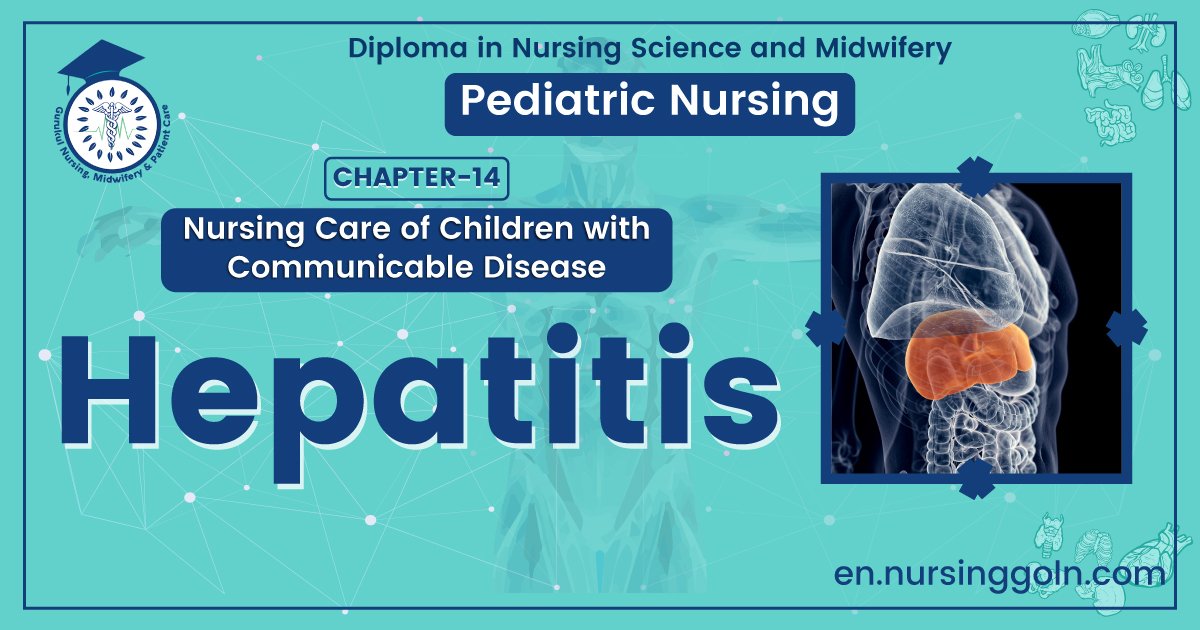Concept about Hepatitis – Health of the children has been considered as the vital importance to all societies because children are the basic resource for the future of humankind. Nursing care of children is concerned for both the health of the children and for the illnesses that affect their growth and development. The increasing complexity of medical and nursing science has created a need for special area of child care, i.e. pediatric nursing.
Pediatric nursing is the specialized area of nursing practice concerning the care of children during wellness and illness. It includes preventive, promotive, curative and rehabilitative care of children. It emphasizes on all round development of body, mind and spirit of the growing individual. Thus, pediatric nursing involves in giving assistance, care and support to the growing and developing children to achieve their individual potential for functioning with fullest capacity.
Concept about Hepatitis
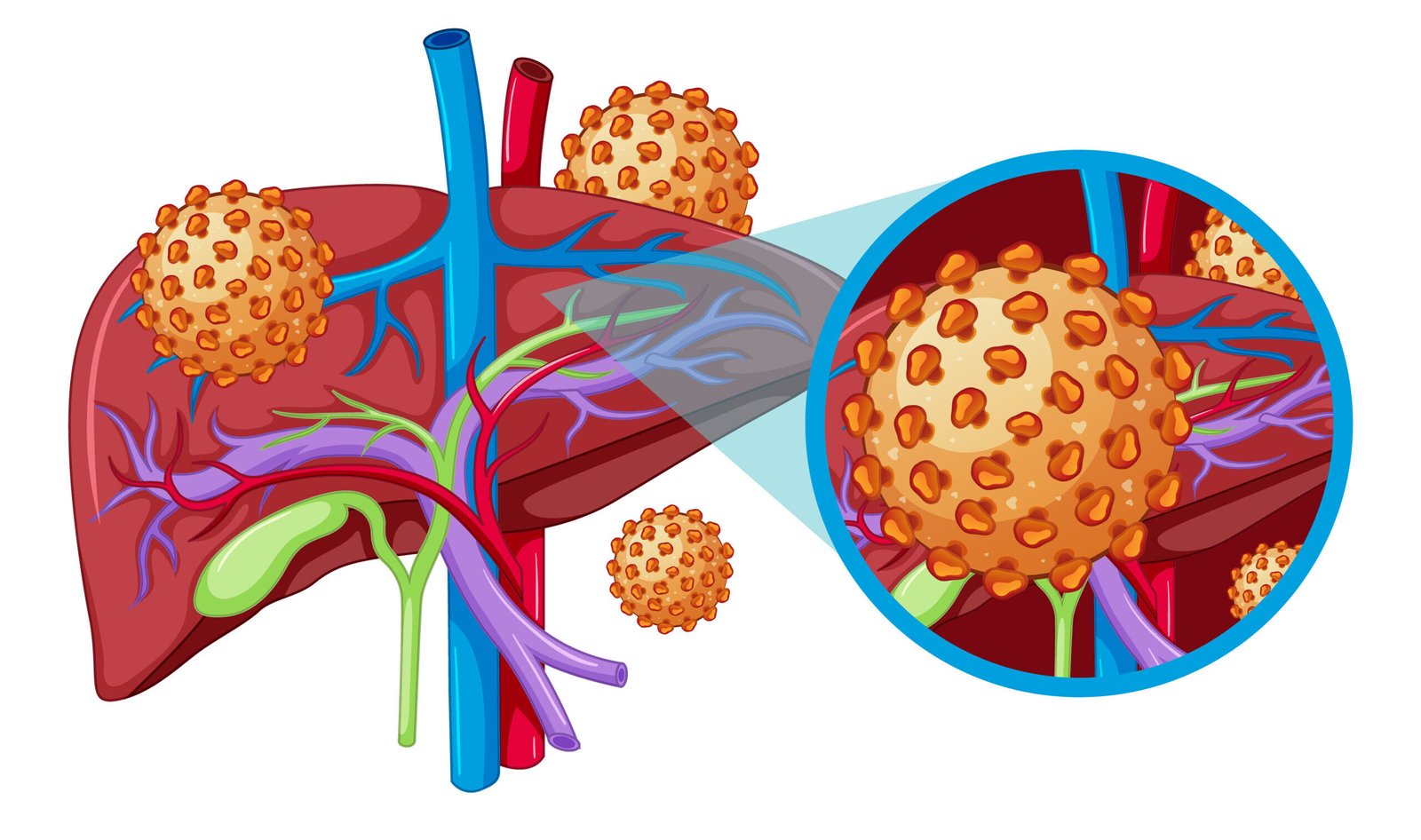
Viral Hepatitis
Hepatitis is an inflammation of the liver. The condition can be self-limiting or can progress to fibrosis (scarring), cirrhosis or liver cancer. Hepatitis viruses are the most common cause of hepatitis in the world but other infections, toxic substances (e.g. alcohol, certain drugs), and autoimmune diseases can also cause hepatitis.
There are 5 main hepatitis viruses, referred to as types A, B, C, D and E. These 5 types are of greatest concern because of the burden of illness and death they cause and the potential for outbreaks and epidemic spread. In particular, types B and C lead to chronic disease in hundreds of millions of people and, together, are the most common cause of liver cirrhosis and cancer.
Hepatitis A and E are typically caused by ingestion of contaminated food or water. Hepatitis B, C and D usually occur as a result of parenteral contact with infected body fluids. Common modes of transmission for these viruses include receipt of contaminated blood or blood products, invasive medical procedures using contaminated equipment and for hepatitis B transmission from mother to baby at birth, from family member to child, and also by sexual contact.
(Ref by- http://www.who.int)
Definition of Hepatitis:
According to World Health Organization (WHO):
Hepatitis is an inflammation of the liver. The condition can be self-limiting or can progress to fibrosis (scarring), cirrhosis or liver cancer.
Or,
Inflammation of the liver which result in damage to hepatocytes with a subsequent cell death.
(Ref by-K. Park/234/210)
Classification of Hepatitis:
A. According to duration:
a) Acute hepatitis
b) Chronic hepatitis
B. According to etiology:
a) Viral infection:
- Hepatitis A virus (HAB)
- Hepatitis B virus (HBV)
- Hepatitis C virus (HCV)
- Hepatitis D virus (HDV)
- Hepatitis E virus (HEV)
- Herpes simplex virus (HDV)
- Cytomegalo Virus (CMV)
- Epstein Barr virus (EBV)
- Yellow fever virus
b) Auto immune disorder: toxins alcohol drug
c) Miscellaneous: Wilson’s disease
(Ref by-K. Park/23/210)
Preventive and Controlling Measures of HAV and HEV:
1. Proper sanitation:
- Improving water supply
- Proper excreta disposal
- Maintenance of hygiene (personal and environmental)
- Sanitary improvements of food stores and kitchen stobo
2. Health education about:
- Use of safe drinking water and sanitary latrine
- Proper disposal of excreta
- Food handlers should be educated in matters of food hygiene
- Adequate breast feeding and improved weaning practices
3. Fly control: Controlling breeding of flies in association with faeces and dirty water.
4. Timely control of epidemics: By strengthening of epidemiological surveillance systems.
5. Vaccination: Vaccine for hepatitis A is available but not for hepatitis E
6. Screening of blood donors for hepatitis A
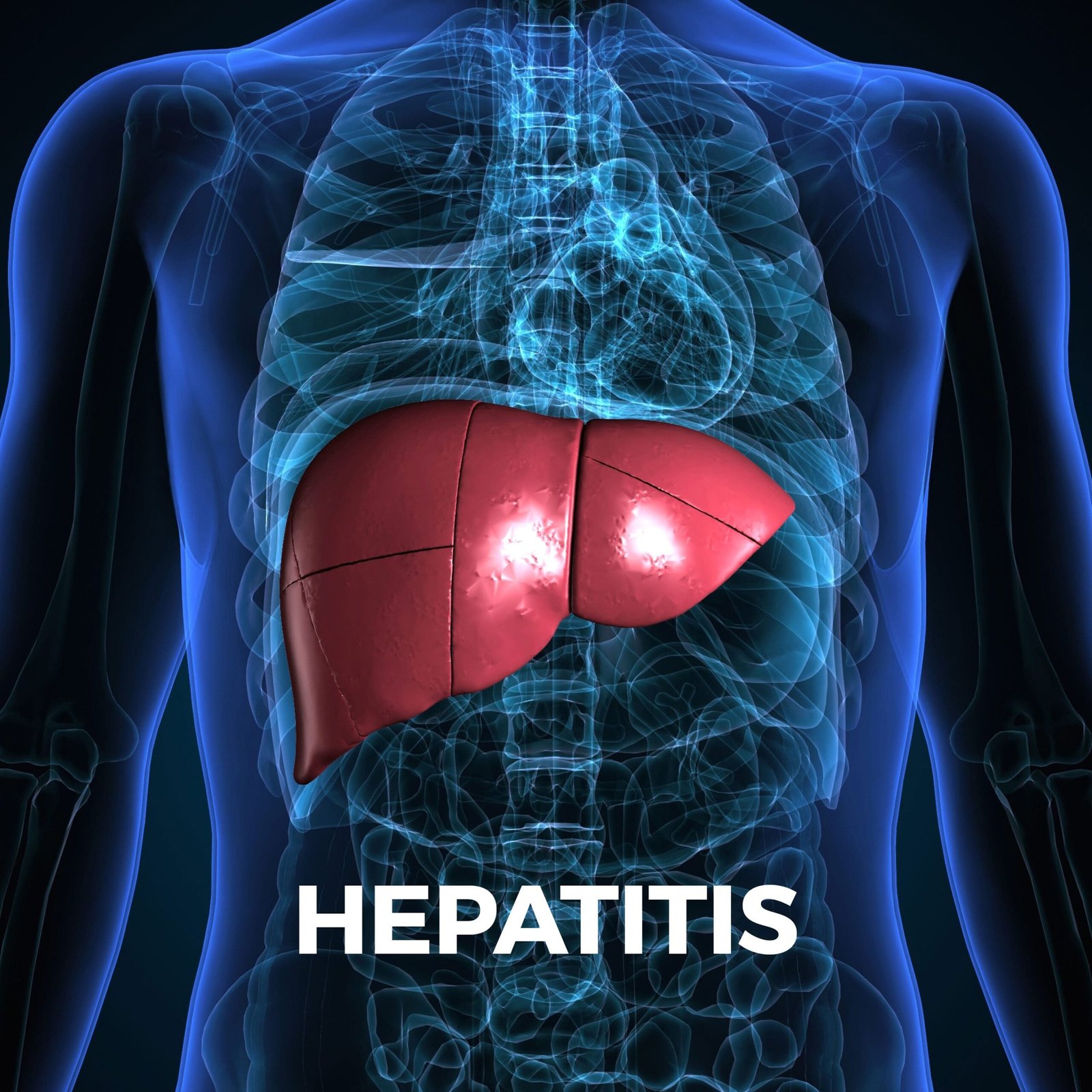
Preventive and Controlling Measures of Hepatitis B, C, D:
1. Avoid risk factors
- Shared needles
- Homosexuality and illiegimate heterosexuality
- Prostitute
- Professional blood donors
- Carriers: They should not share razors and tooth brushes, Use barrier methods of contraception and should not donate blood
2. Screening of blood donors and encouraging voluntary blood donation
3. Standard safety precautions in hospitals and other health care settings: To avid accidental needle puncture and contact with infected body fluids.
4. Active immunization: HBV vaccine
5. Passive immunization: By hepatitis immunoglobulin for immediate protection to acutely exposed HBs Ag positive blood, preferably within 6 hours
- Surgeons, nurses and laboratory workers
- Newborn infants of carrier mothers
- Sexual contacts of acute hepatitis B patients
6. Passive active immunization
Hepatitis A and E
Hepatitis A:
It is an acute infectious disease caused by hepatitis ‘A virus (HAV). It was previously known as infective hepatitis.
Clinical features of hepatitis ‘A’:
The infection may remain asymptomatic or can be seen as acute or sub-acute clinical hepatitis. Onset is usually acute with prodromal phase of illness for one to two weeks. The child may present with –
1. Moderate fever.
2. Severe malaise
3. Nausea
4. Anorexia
5. Vomiting
6. Headache, and upper abdominal pain.
7. When prodromal phaseis over, the patient passes dark urine and clay color stool.
8. Jaundice appears as yellowish discoloration of sclera and skin which may present for one to 4 weeks.
9. Liver and spleen may be palpable.
(Ref: Paediatric Nursing, Parul Datta/3/222)
Management of Hepatitis ‘A’:
There is no specific treatment of acute hepatitis.
1. Complete bed rest should be continued till the transaminase level is high.
2. Carbohydrate rich food with glucose and adequate protein should be allowed in diet.
3. Fat should be restricted.
4. Frequently small amount of feeds to be given according to patient’s tolerance.
5. Adequate amount of fluid should be given.
6. Vitamin supplementation can be given as supportive measures.
7. Intravenous glucose may be needed in severe vomiting.
Preventive measures of hepatitis ‘A’:
1. Hepatitis ‘A’ can be prevented by promoting safe water, improving food hygiene, personal hygiene and environmental sanitation.
2. The best means of reducing the spread of infection are the simple measures of personal and community hygiene like hand washing before eating and after toileting, sanitary disposal of excreta to prevent contamination of water, food, milk and provision of safe water by appropriate water treatment and purification.
3. Disinfection of stool and fomites of the infected persons is important control measures.
4. Passive immunization can be provided by anti-HAV gamma globulin to the close contacts of a case of hepatitis ‘A’ the efficacy lasts for six months.
5. Active immunization against hepatitis ‘A’ can also be provided by several available inactivated or live attenuated vaccines.
(Ref: Paediatric Nursing, Parul Datta/34/223)
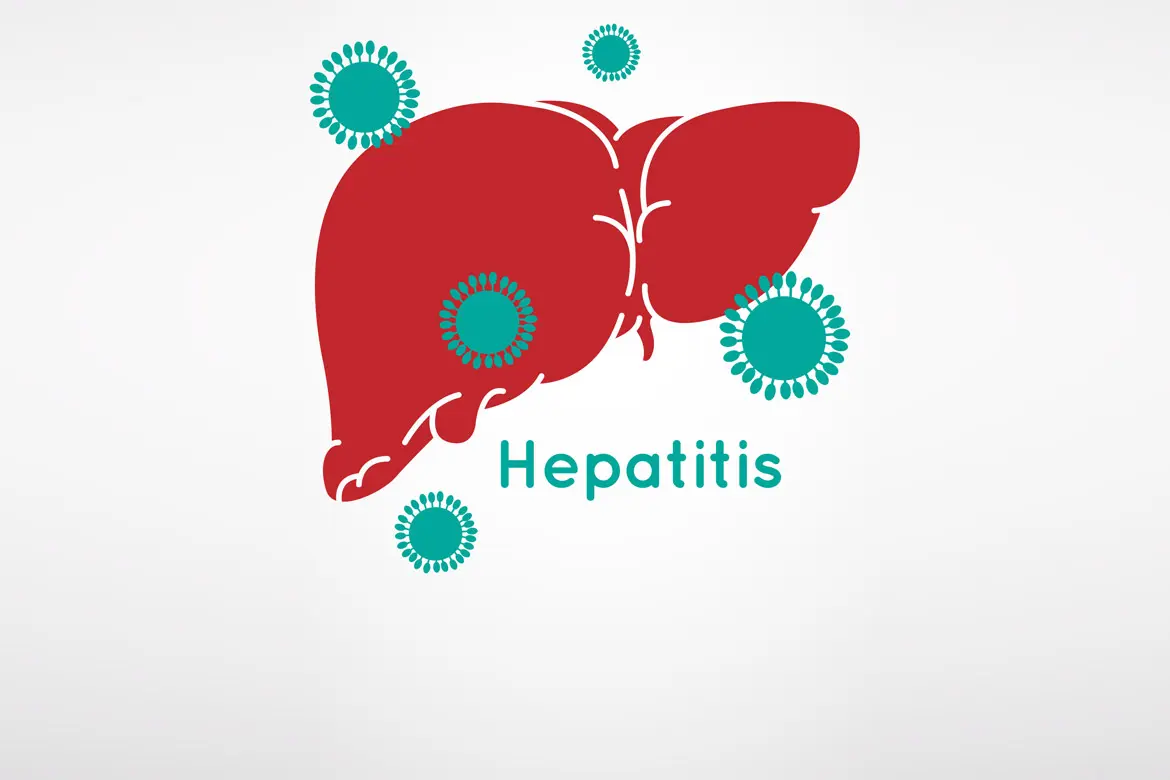
Hepatitis E
Definition: Hepatitis E is the viral hepatitis caused by hepatitis E virus
Epidemiology: Hepatitis E should be suspected in outbreaks of waterborne hepatitis occurring in developing countries like Bangladesh, especially if the disease is more severe in pregnant women.
Incidence and risk factors: Symptomatic HEV infections is most common in young adults
Incubation period: 3-8 weeks
Mode of transmission: Faeco oral and water borne
Signs and symptoms: May be asymptomatic or mild illness without jaundice that goes undiagnosed, particularly in children, typical sign and symptoms are –
- Jaundice
- Loss of appetite
- An enlarged, tender liver
- Abdominal pain and tenderness
- Nausea and vomiting
- Fever
Investigation:
- Anti HAV
- Serum bilirubin
- SGPT and SGOT
Treatment: There is no specific treatment for HAV. The disease is self limiting and returns to normal within a couple of months. Only severely affected patients need hospitalization. General plan of treatment are –
1. Bed rest
2. Diet
- Protein restricted and no spicy foods
- Light diet supplemented by fruits, plenty of fluids, ORS, dab water and glucose drinks.
3. If severe vomiting: IV fluid and anti-emetic
4. Drugs: Sedatives, hypnotics, and diuretics, are usually avoided. It diuretics are to be used potassium sparing diuretics should be used
5. Clinical and biochemical follow up

Preventive and Controlling Measures of HAV and HEV:
A. Proper sanitation:
- Improving water supply
- Proper excreta disposal
- Maintenance of hygiene (personal and environmental)
- Sanitary improvements of food stores and kitchen
B. Health education about:
- Use of safe drinking water and sanitary latrine
- Proper disposal of excreta
- Food handlers should be educated in matters of food hygiene
- Adequate breast feeding and improved weaning practices
C. Fly control: Controlling breeding of flies in association with faeces and dirty water.
D. Timely control of epidemics: By strengthening of epidemiological surveillance systems.
E. Vaccination: Vaccine for hepatitis A is available but not for hepatitis E
F. Screening of blood donors for hepatitis A
Hepatitis-B
Hepatitis ‘B’ is an acute systemic infection with major pathology in the liver caused by hepatitis ‘B’ virus (HBV). It was previously known as serum hepatitis.
(Ref: Paediatric Nursing, Parul Datta/34/223)
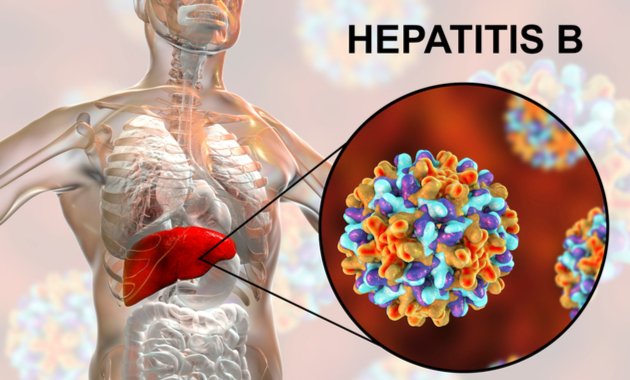
Clinical Features of Hepatitis ‘B’:
Clinical features of hepatitis ‘B’ are similar to those of the other types of viral hepatitis.
1. The onset is insidious.
2. Nausea and vomiting are uncommon and anorexia is mild.
3. Extra hepatic manifestations are-
- Serum sickness like syndrome (rash, arthralgia, urticaria)
- Purpura
- Polyarthritis-nodosa
- Glomerulonephritis
- Severe aplastic anemia
- Pleural effusion
- Myocarditis and
- Pericarditis.
(Ref: Paediatric Nursing, Parul Datta/3rd/223)
Management of hepatitis ‘B
No special treatment is required for acute hepatitis ‘B’.
- Bed rest and general supportive measures are important.
- No specific dietary restriction needed except in hepatic failure.
- Chronic persistent hepatitis needs no specific treatment.
- Chronic active hepatitis can be managed with alpha-interferon, adenine arabinoside and acyclovir.
- Fulminant hepatitis should be treated with antibiotics (neomycin or ampicillin) for gut sterilization and protein free diet, rich in carbohydrate.
- Lactulose is administered by nasogastric drip to inhibit colonic organism to form ammonia.
Intravenous 10 percent glucose is given. - Exchange blood transfusion and plasmapheresis may be helpful to manage the crisis of hepatic failure.
(Ref: Paediatric Nursing, Parul Datta/3/224)
Management a Patient Affected by Hepatitis B Virus Infection
Clinical features:
A. Symptoms:
- Headache
- Myalgia
- Arthralgia
- Yellow coloration of eye and skin
- Dark urine and pale stool
- Nausea and anorexia
- Vomiting
- Diarrhea
- Abdominal discomfort
- Fever
B. Signs:
- Jaundice
- Enlarged tender liver
- Occasionally, mild splenomegaly and cervical lymphadenopathy are seen.
C. Investigation:
- Blood examination: TC, DC, Hb%, ESR
- Liver function test: Serum bilirubin, Serum AST and ALT-raised, PT, Serum alkaline phosphatase level
- Viral markers:
-Ig Manti HAV (hepatitis A virus)
-HBs Ag (Hepatitis B surface antigen)
-Ig M – Anti HBc (Hepatitis B core antigen)
D. Management:
a) Acute hepatitis B: There is no specific treatment only severely affected patients required hospitalization so that developing fulminate hepatic failure can be detected early.
- Bed rest (3 to 5 weeks)
- Diet: Normal diet with slight fat restriction)
-Nutritious diet containing 2000-3000 K Cal/d, good protein.
-If severe vomiting give IV fluid and glucose
-If not tolerated light diet supplemented by fruit drink and glucose
- Drug (Sedative, Hypnotic): Should be avoided especially in severe hepatitis.
- Clinical biochemical and imaging follow up.
- Treatment of complication
b) Chronic hepatitis B: Treatments are still limited, with no drug able to eradicate hepatitis B infection completely. Supportive treatment plus
Drugs
✓ Interferon-alpha.
✓lamivudine, 100mg/day orally Adefovir.
✓ Entecavir (more effective than lamivudin)
✓Telbivudin.
✓ Tenofovir, 300 mg/day.
- Liver transplantation with prophylactic lamivudin and hepatitis B immunoglobulin’s
Complication of Hepatitis B Virus Infection:
- Full recovery in 90-95% of adults/resolution (fate)
- Acute hepatic failure.
- Relapsing hepatitis: Biochemical, Clinical
- Cholestatic hepatitis.
- Post hepatitis syndrome
- Hyperbilirubinamia.
- Aplastic anaemia
- connective tissue disease
- Renal failure
- Henoch schonlein purpura
- Papular acrodermatitis
- Chronic hepatitis
- Cirrhosis (hepatitis B, C)
- Hepato cellular carcinoma.
Preventive and Controlling Measures of Hepatitis B:
A. Avoid risk factors
- Shared needles
- Homosexuality and illiegimate heterosexuality
- Prostitute
- Professional blood donors
- Carriers: They should not share razors and tooth brushes, Use barrier methods of contraception and should not donate blood

B. Screening of blood donors and encouraging voluntary blood donation
C. Standard safety precautions in hospitals and other health care settings: To avid accidental needle puncture and contact with infected body fluids.
D. Active immunization: HBV vaccine
E. Passive immunization: By hepatitis immunoglobulin for immediate protection to acutely exposed HBs Ag positive blood, preferably within 6 hours
- Surgeons, nurses and laboratory workers
- Newborn infants of carrier mothers
- Sexual contacts of acute hepatitis B patients
F. Passive active immunization
Read more:
